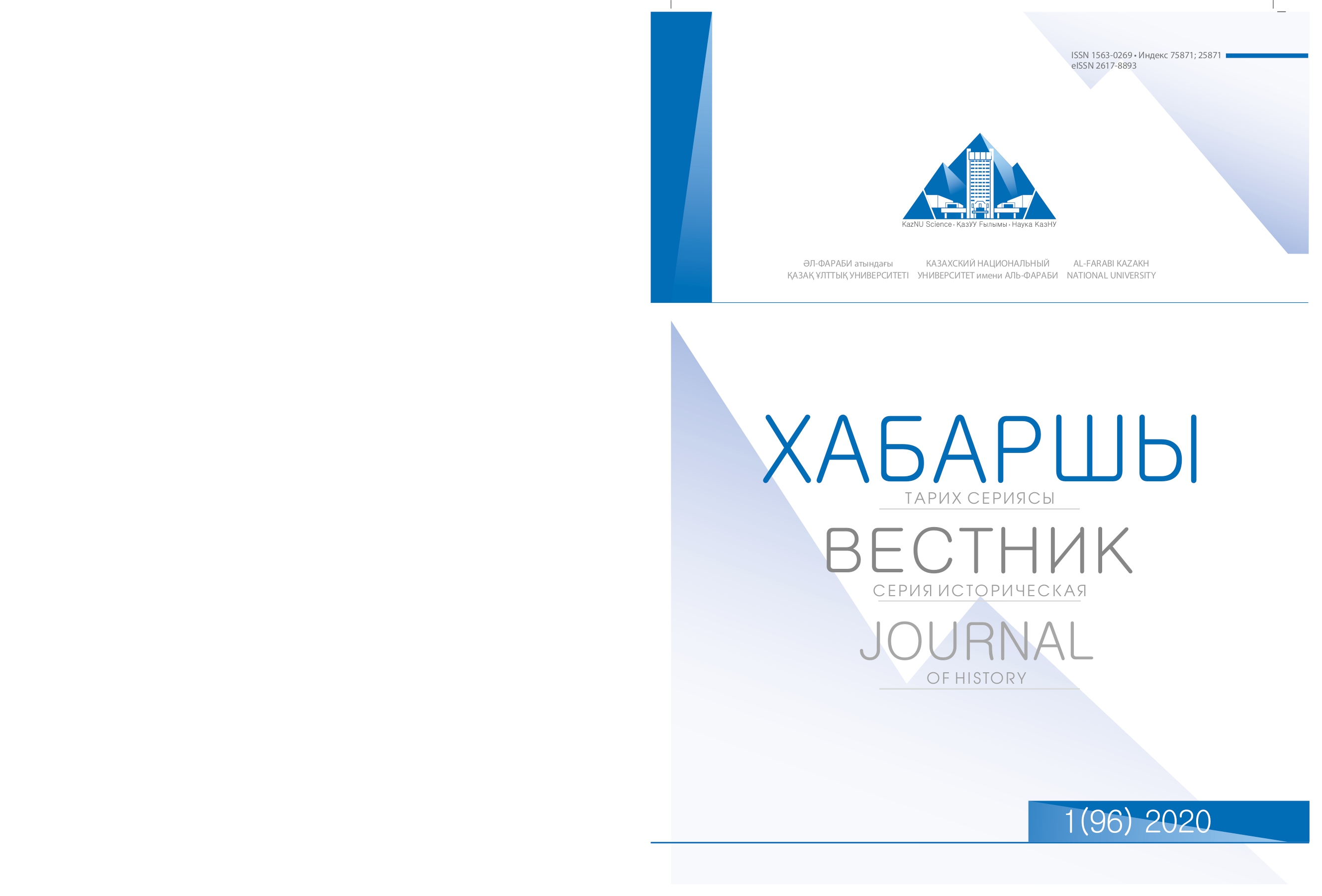IMPERIAL TRADITIONS AND SYMBOLS OF THE NOMADIC SOCIETY: THE MODERN PARADIGM AND TRENDS
DOI:
https://doi.org/10.26577/JH.2020.v96.i1.14Abstract
Main conceptual positions and methodological paradigms to problem imperial traditions and symbols
of the nomadic society are considered in the article.The study of concrete historical events and processes
associated with nomadic structures provides the ground for the formulation and analysis of conceptual,
methodological problems.Reconstruction of the political-administrative and system-structural
model of the Mongolian empire promotes a deepening of understanding of general trends and directions
in studying the modern movement of historical knowledge in the issues of interconnection and interaction
of the political and social system of nomadic societies. Modern historical science aims to conduct
a systematic analysis of the Mongolian society proper, its social structure and social organization, the
identification of the basic and significant prerequisites for the formation of the empire, the nature of its
socio-political and administrative-managerial position.Mobility, the dynamism of political processes in
nomadic societies led to instability and mobility of the whole structure, and cardinal changes led to the
transformation of the whole system as a whole.




